polymeric pressure Learn more about polymeric pressure
-
How to boil the oil in the mocha pot which is better, the pressure pot or the mocha pot?

Professional coffee knowledge exchange more coffee bean information Please pay attention to the coffee workshop (Wechat official account cafe_style) invented by the Italian Alfanso Bialetti in 1933, to heat the pedestal to make coffee, a kind of distilled type, is the most civilian kind of espresso machine, and is widely used in Italian families. Using the pressure produced by boiling water
2018-08-10 Mocha pot how to boil grease usage French kettle which professional coffee -
Is there a big difference between a mocha pot and an espresso pot? Is the mocha pot comparable to an espresso machine?

Professional coffee knowledge exchange more coffee bean information please follow the coffee workshop (Wechat official account cafe_style) mocha pot coffee pot Moka Pot | it is common in professional coffee shops and is widely used by Italian families! Invented by Italian Alfanso Bialetti in 1933, coffee is made by heating the pedestal. It is a kind of distillation, and it is the best machine for making espresso.
2018-06-01 Mocha pot concentrate coffee maker difference big comparable professional coffee -
Mocha pot brews coffee

The picture of the mocha pot shows: the first three mocha pots, the left and middle are the traditional mocha pots, and the right is the compact mocha pots. Comparatively, inside the lid, the condensed mocha kettle has a round condensing valve. The last four are all kinds of traditional mocha pots. Brief description of the parts: figure 1 is the Brikka pressure type, figure 2 is the traditional mocha kettle 1, the lower seat: the place where the water is put, with a pressure relief valve on it. 2. Powder trough
2014-07-15 Mocha pot brewing coffee coffee utensils -
The basic Chemical reaction of Coffee Baking process

Original: Basic Chemical Reactions Occurring in the Roasting Process by Carl Staub sourced from the SCAA Roast Color Classification System developed by Agtron-SCAA in 1995 Many thermal and chemical reactions occur during the roasting proces
2015-01-27 Coffee roasting process basic Chemical reaction Chinese-English Bilingual Translation original B -
Coffee pot Use common sense mocha pot to make coffee

Mocha pot diagram: the first three mocha pots, left and middle for the traditional mocha pot, right for the pressure type mocha pot. Comparable to the lift-off lid, the pressure accumulation mocha pot has a circular pressure accumulation valve. The back four are all kinds of traditional mocha pots. Description of parts: Figure 1 shows Brikka pressure accumulation type, Figure 2 shows traditional mocha pot 1. Lower seat: water discharge place, with pressure relief valve attached above. 2. Powder tank
2014-12-06 coffee pot use common sense mocha pot coffee illustration front three -
Basic chemical reactions in the roasting process of coffee in both Chinese and English
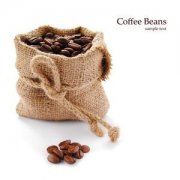
Original: Basic Chemical Reactions Occurring in the Roasting Process by Carl Staub sourced from the SCAA Roast Color Classification System developed by Agtron-SCAA in 1995 Many thermal and chemical reactions occur during the roasting proces
2015-04-14 Coffee roasting process basic chemical reaction Chinese-English bilingual -
Explanation of the basic chemical reaction of coffee roasting in both Chinese and English
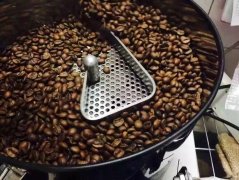
Original: Basic Chemical Reactions Occurring in the Roasting Process by Carl Staub sourced from the SCAA Roast Color Classification System developed by Agtron-SCAA in 1995 Many thermal and chemical reactions occur during the roasting proces
2015-10-26 Coffee roasting process basic chemical reaction Chinese-English bilingual explanation -
Basic knowledge of mocha pot brewing coffee

The picture of the mocha pot shows: the first three mocha pots, the left and middle are the traditional mocha pots, and the right is the compact mocha pots. Comparatively, inside the lid, the condensed mocha kettle has a round condensing valve. The last four are all kinds of traditional mocha pots. Brief description of the parts: figure 1 is the Brikka pressure type, figure 2 is the traditional mocha kettle 1, the lower seat: the place where the water is put, with a pressure relief valve on it. 2. Powder trough
2015-05-26 Mocha pot coffee basics common sense mocha pot picture front three medium biography -
Basic knowledge of brewing coffee in a mocha pot
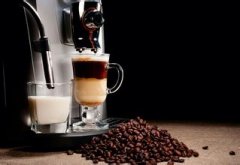
The picture of the mocha pot shows: the first three mocha pots, the left and middle are the traditional mocha pots, and the right is the compact mocha pots. Comparatively, inside the lid, the condensed mocha kettle has a round condensing valve. The last four are all kinds of traditional mocha pots. Brief description of the parts: figure 1 is the Brikka pressure type, figure 2 is the traditional mocha kettle 1, the lower seat: the place where the water is put, with a pressure relief valve on it. 2. Powder trough
2015-04-21 Use motorcycle coffee basics common sense mocha pot picture front three medium -
The process of making coffee in mocha pot explains the steps that baristas must see.
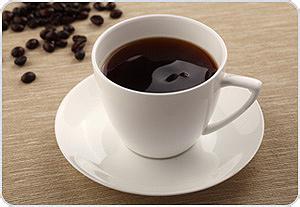
The picture of the mocha pot shows: the first three mocha pots, the left and middle are the traditional mocha pots, and the right is the compact mocha pots. Comparatively, inside the lid, the condensed mocha kettle has a round condensing valve. The last four are all kinds of traditional mocha pots. Brief description of the parts: figure 1 is the Brikka pressure type, figure 2 is the traditional mocha kettle 1, the lower seat: the place where the water is put, with a pressure relief valve on it. 2. Powder trough
2015-03-02 Mocha pot coffee process steps explanation Shibi mocha pot diagram front three -
How does the sour and bitter in coffee come from?

Many thermal and chemical reactions take place during baking: decarbonation, dehydration of quinic acid, subdivision, isomerization, polymerization, and complex sugar reactions (caramelization).
2014-08-25 Coffee knowledge sour coffee bitter coffee why coffee is bitter -
Basic chemical reactions that occur during coffee roasting

Many thermal and chemical reactions take place during baking: decarbonation, dehydration of quinic acid, fragmentation, isomerization, polymerization, and complex sugar reactions (caramelization). The main thermally reactive components are monosaccharides and sucrose, chlorogenic acid, displaced amino acids, and trigonelline amide. Both aravinone and calactose in polysaccharides are transferred, and basic sulfurization contains hydroxyamino acids.
2014-08-20 Coffee knowledge Coffee roasting Chemical changes Coffee encyclopedia -
The basic chemical reaction of coffee knowledge during coffee roasting.
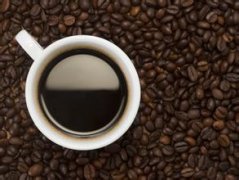
Many thermal and chemical reactions take place during baking: decarbonation, dehydration of quinic acid, subdivision, isomerization, polymerization, and complex sugar reactions (caramelization). The main components of the thermal reaction are monosaccharides and sucrose, chlorogenic acid, free amino acids, and fenugreek amide. Both aravinose and calactose in the polysaccharides are transferred, and the basic vulcanization process includes hydroxylamine.
2014-12-31 Coffee knowledge baking process medium hair raw basic chemical reaction passing -
The basic chemical reaction of coffee roasting process

Many thermal and chemical reactions take place during baking: decarbonation, dehydration of quinic acid, subdivision, isomerization, polymerization, and complex sugar reactions (caramelization). The main components of the thermal reaction are monosaccharides and sucrose, chlorogenic acid, free amino acids, and fenugreek amide. Both aravinose and calactose in the polysaccharides are transferred, and the basic vulcanization contains hydroxylated amino acid.
2014-08-15 Coffee knowledge coffee roasting process baking chemical reaction -
The basic chemical reaction that takes place during coffee roasting.

Many thermal and chemical reactions take place during baking: decarbonation, dehydration of quinic acid, subdivision, isomerization, polymerization, and complex sugar reactions (caramelization). The main components of the thermal reaction are monosaccharides and sucrose, chlorogenic acid, free amino acids, and fenugreek amide. Both aravinose and calactose in the polysaccharides are transferred, and the basic vulcanization process includes hydroxylamine.
2014-11-22 Coffee knowledge coffee common sense coffee roasting chemical reaction -
The basic chemical reactions that take place during coffee roasting

Many thermal and chemical reactions take place during baking: decarbonation, dehydration of quinic acid, subdivision, isomerization, polymerization, and complex sugar reactions (caramelization). The main components of the thermal reaction are monosaccharides and sucrose, chlorogenic acid, free amino acids, and fenugreek amide. Both aravinose and calactose in the polysaccharides are transferred, and the basic vulcanization process includes hydroxylamine.
2015-10-15 Coffee roasting process medium hair raw basic chemical reaction -
Basic chemical reactions of coffee beans during coffee roasting
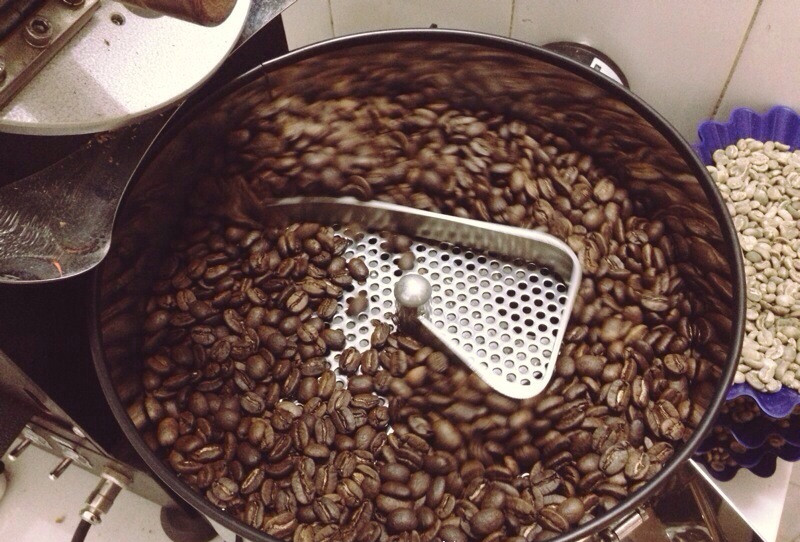
Many thermal and chemical reactions take place during baking: decarbonation, dehydration of quinic acid, subdivision, isomerization, polymerization, and complex sugar reactions (caramelization). The main components of the thermal reaction are monosaccharides and sucrose, chlorogenic acid, free amino acids, and fenugreek amide. Both aravinose and calactose in the polysaccharides are transferred, and the basic vulcanization process includes hydroxylamine.
2015-03-16 Coffee roasting process coffee beans raw basic chemical reaction -
The basic chemical reactions that take place during coffee roasting
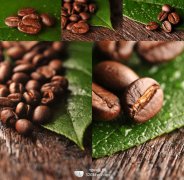
Many thermal and chemical reactions take place during baking: decarbonation, dehydration of quinic acid, subdivision, isomerization, polymerization, and complex sugar reactions (caramelization). The main components of the thermal reaction are monosaccharides and sucrose, chlorogenic acid, free amino acids, and fenugreek amide. Both aravinose and calactose in the polysaccharides are transferred, and the basic vulcanization process includes hydroxylamine.
2014-08-21 Coffee roasting process medium hair raw basic chemical reaction -
The basic chemical reactions that take place during coffee roasting.
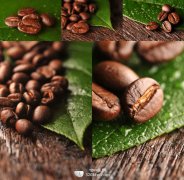
Many thermal and chemical reactions take place during baking: decarbonation, dehydration of quinic acid, subdivision, isomerization, polymerization, and complex sugar reactions (caramelization). The main components of the thermal reaction are monosaccharides and sucrose, chlorogenic acid, free amino acids, and fenugreek amide. Both aravinose and calactose in the polysaccharides are transferred, and the basic vulcanization process includes hydroxylamine.
2015-01-08 Coffee common sense baking process medium hair raw basic chemical reaction passing -
The basic chemical reaction of coffee technology in the process of coffee roasting

Many thermal and chemical reactions take place during baking: decarbonation, dehydration of quinic acid, subdivision, isomerization, polymerization, and complex sugar reactions (caramelization). The main components of the thermal reaction are monosaccharides and sucrose, chlorogenic acid, free amino acids, and fenugreek amide. Both aravinose and calactose in the polysaccharides are transferred, and the basic vulcanization process includes hydroxylamine.
2014-10-09 Coffee knowledge coffee technology coffee roasting baking chemical reaction
